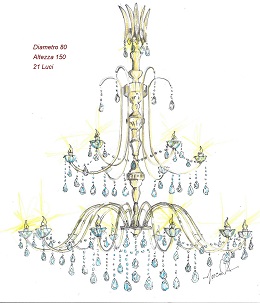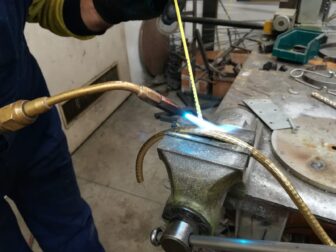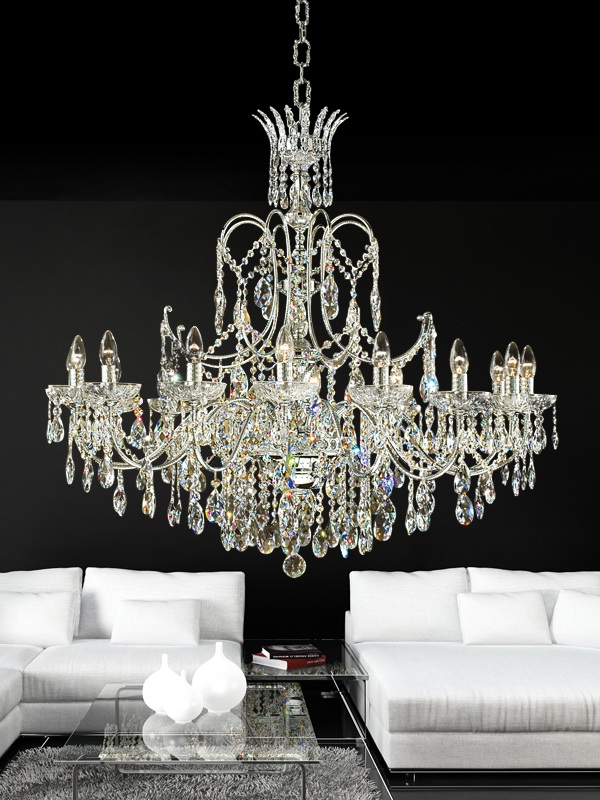Have you ever wondered how a chandelier is born? We’re not just talking about an object that illuminates, but a true decorative element capable of transforming the atmosphere of a room. Behind every chandelier, there’s a journey of creativity, technique, and a lot of craftsmanship.
Let’s look together at the main stages of this fascinating process.
From Idea to Design: the First Creative Step
Everything starts with an inspiration: it can arise from a client’s request, a trend seen at a trade fair, or simply from a creative spark. Sometimes it’s the reworking of an existing model, other times a completely new project.
In this phase, designers and the technical office sit around a table and start giving shape to the idea. First with pencil sketches, then with increasingly precise drawings that will serve as the basis for the technical part.

Technical Design: when the Idea Meets Reality
A beautiful drawing is not enough: it must also be able to become reality.
This is why the technical part comes into play, defining materials, colors, components and above all verifying feasibility. It’s here that fundamental details like the type of structure, dimensions, or lighting system are decided.
The Prototype and Tests
Once the project is defined, we move on to creating the first prototype. It’s an exciting phase: for the first time, the idea becomes a concrete object.
However, the prototype is not just for “seeing how it looks,” but is subjected to a series of tests: stability, light diffusion, safety, and of course aesthetic impact are checked. Only after passing all the checks is the chandelier ready to enter production.

Price and Positioning
Before starting large-scale production, there’s another aspect to define: the price. It’s not a simple calculation, but a delicate balance between quality of materials, Made in Italy craftsmanship and market expectations.
The Actual Production
With the prototype approved and the price set, production begins. In this phase, technical processes and packaging are also finalized, essential for ensuring the chandelier arrives at its destination without damage.
Materials and Finishes: the Artisanal Touch
A chandelier is never just metal and light bulbs: it’s the materials and finishes that make it unique.
-
The structures can be made of iron, brass, or aluminum, worked with precision bending and welding.
-
Galvanic finishes – such as gold, chrome, or bronze – protect against oxidation and give character.
-
Decorative details make the difference: crystal, which gives brilliant reflections; hand-decorated porcelain, which tells the story of tradition; and Murano glass, the quintessential symbol of Italian craftsmanship.

A Journey between Design and Craftsmanship
This is why every chandelier has a story to tell: it’s not just a piece of furniture, but the result of teamwork made of creativity, technique, and artisanal passion.
✨ Want to bring your custom chandelier to life? At Lucilla Place, we transform ideas into light, accompanying you from design to finished product.
Send your request via email to [email protected]



